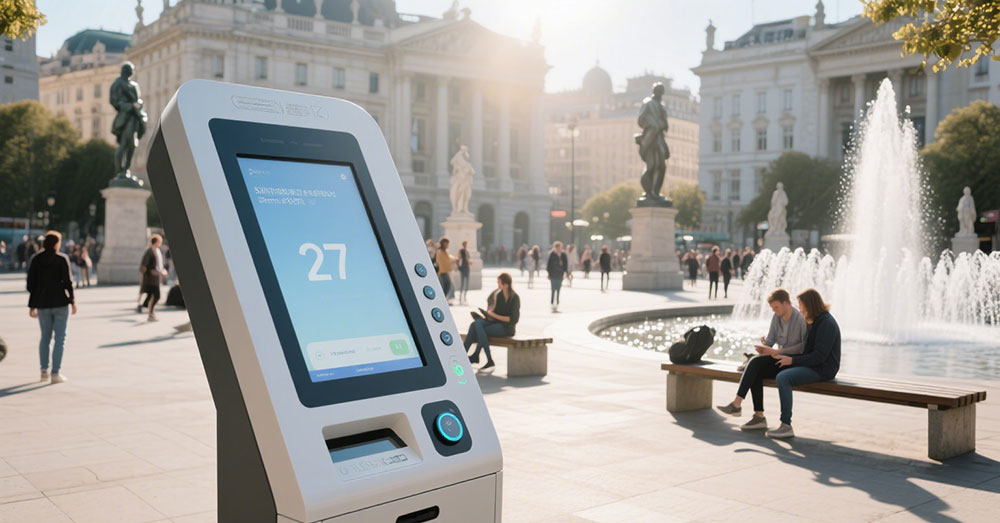In today’s outdoor and industrial environments, the demand for reliable, high-brightness LCD screens that remain readable under direct sunlight is greater than ever. From military applications to construction sites, transportation systems, and agricultural equipment, sunlight readable displays are no longer optional—they are essential. This article outlines proven design and manufacturing best practices for creating robust, high-brightness LCD screens that deliver performance in extreme lighting conditions.
The introduction begins with a clear understanding of the challenge: standard LCDs often fail under bright sunlight due to poor contrast ratios, low peak brightness, and inadequate anti-reflective coatings. Sunlight readability requires more than just increasing brightness—it demands an integrated approach involving panel technology, backlighting, optical films, and environmental testing.
In the main body, we explore three critical areas. First, panel selection must prioritize high-transmission liquid crystal materials and wide viewing angles (e.g., IPS or VA panels) to maintain image quality across all angles. Second, backlight optimization is crucial—using LED arrays with 5000–10,000 nits peak brightness ensures visibility even under full sun exposure. Industry standards like MIL-STD-810G validate durability against thermal shock, vibration, and humidity. Third, optical enhancements, such as anti-glare coatings, polarized filters, and dual-layer diffusers, significantly improve contrast by reducing ambient light reflection—a key factor in achieving true sunlight readability.
Manufacturers must also integrate rigorous testing protocols, including ISO 9241-307 (for display readability), and conduct real-world validation under simulated solar irradiance (e.g., 100,000 lux). Case studies from leading manufacturers like LG Display and BOE show that combining high-brightness LEDs with advanced optical stack designs can reduce power consumption by up to 20% while improving visibility by 40%.

Finally, the conclusion emphasizes that successful sunlight readable LCD design is not about maximizing brightness alone but about balancing luminance, contrast, power efficiency, and long-term reliability. With global demand rising—especially in smart city infrastructure and autonomous vehicles—engineers must adopt a systems-level approach to meet the evolving needs of modern outdoor electronics.








